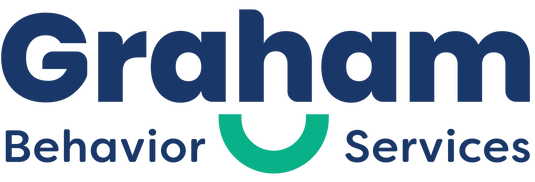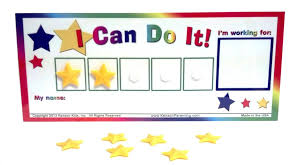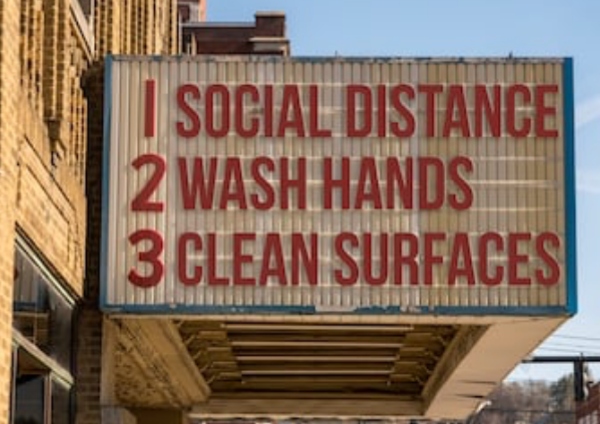When discussing motivational systems in the field of ABA there are differing views out there. I have heard comments like these more often than I would like: ”But he doesn’t NEED a motivational system” and “He isn’t READY for tokens.” My response is typically, “Why do you go to work?” Do you work for free?” Of course not, among other things you work for a paycheck, which is your own motivational system. So why doesn’t (insert client name) deserve to work for something he likes? We are asking our clients to do very hard work, so let’s pay them for it!
Here are my suggestions to help practitioners out there realize the power of motivational systems so that all learners can benefit from one.
- As I mentioned above, we are asking them to do hard work, so pay them for it. We all work for something motivating each and every day. I wouldn’t go to work without getting paid, would you? Don’t get me wrong, I love my job…but it is difficult at times and a lot of work, so I need compensation for it.
- “He isn’t ready for a token board.” There’s a misconception in the ABA world that some learners are “not ready” for a motivational system. EVERYONE, regardless of skill repertoire, can use one. Start with 1 token. Present a mastered target and then immediately deliver the token followed by a preferred item. Continue this for about 5-10 trials dependent on the learner’s skill level. Now add a second token and require two mastered responses prior to giving access to a reinforcer. Continue to increase the number of tokens and the number of responses required to earn a reinforcer. For younger learners with no history of a motivational system and few skills, maybe stick with 5. For learners with more skills, I have done 15-20. Voila!
- There are more than just token economies so choose what is right for your client. Behavior contracts, tiered motivational systems, and motivational systems embedded in activity schedules are all great tools, and when used correctly and consistently can aid in skill acquisition.
- You can also individualize systems for your learner. Make little car tokens for your young car enthusiast, or have your adult learner earn real money and keep track on a bank account register. Of course, keep it age appropriate.
- You can use motivational systems to teach what behaviors are inappropriate. Circle ‘no’ on the behavior contract or remove tokens following disruptive behavior.
- The easiest way to shape behavior is with tokens. Reward approximations by delivering a token as soon as they emit the behavior. It is quick, and you can even deliver from behind the learner for those skills you wish to be independent.
- Token economies are not just for rewarding correct responses to trials. Reward eye contact, sitting with feet on the floor, hands on lap, using correct articulation, and all the behaviors that show the client is receptive to learning. These behaviors are necessary to answer correctly so they should all be rewarded. If the target response is not mastered, shape it up! If already mastered, then intermittently reward with tokens so the behavior maintains.
- Use a visual motivational system as part of a treatment package. What if the learner doesn’t understand verbal praise? When teaching skills to independence, research shows it is best to not use verbal prompts, as they are more likely to become embedded in the response chain. Many learners with autism tend to be visual learners anyway, so why not use a visual system to reward them? It also provides a way for parents to have a reminder to reward their children and provide contingent access to preferred items.
- Program common stimuli. Stokes and Baer (1977) mentioned one way of promoting generalization is to program common stimuli. Use materials to teach a skill that you can use to promote generalization across settings, people, etc. So if a learner has a behavior contract in which he earns a trip to get ice cream after soccer practice, then mom, dad, grandma, and babysitter can all use the contract to maintain appropriate behavior. The contract serves as the common stimuli.
- Practice reinforcer control, not prompt control! If you are prompting in order to have the learner display the correct response and they aren’t displaying the skill without the prompt, the response needs to be shifted to reinforcer control in which the behavior is controlled by you reinforcing the correct response. This is especially important for those learners who find physical contact (hugs, high fives) reinforcing or having someone help them do things more reinforcing than independence. We have to show them it is more beneficial to do the skill independently than be prompted. Still fade systematically, but once the prompts are being faded or faded completely, you want to avoid using verbal prompts when teaching some skills. Reward with their motivational system!
The goal with all contrived reinforcement is to transfer control to natural contingencies, like a paycheck, allowance, or verbal praise for holding the door as he leaves the store. With natural consequences in place, the learner can display the skills shaped with a contrived system and become more independent and productive. Let’s face it, if our learners were naturally reinforced by social consequences in the natural environment they wouldn’t need our services. We have to teach it somehow so why not use a motivational system?
Resources
Stokes, T. F., & Baer, D. M. (1977). An implicit technology of generalization. Journal of applied behavior analysis, 10(2), 349–367. doi:10.1901/jaba.1977.10-349













